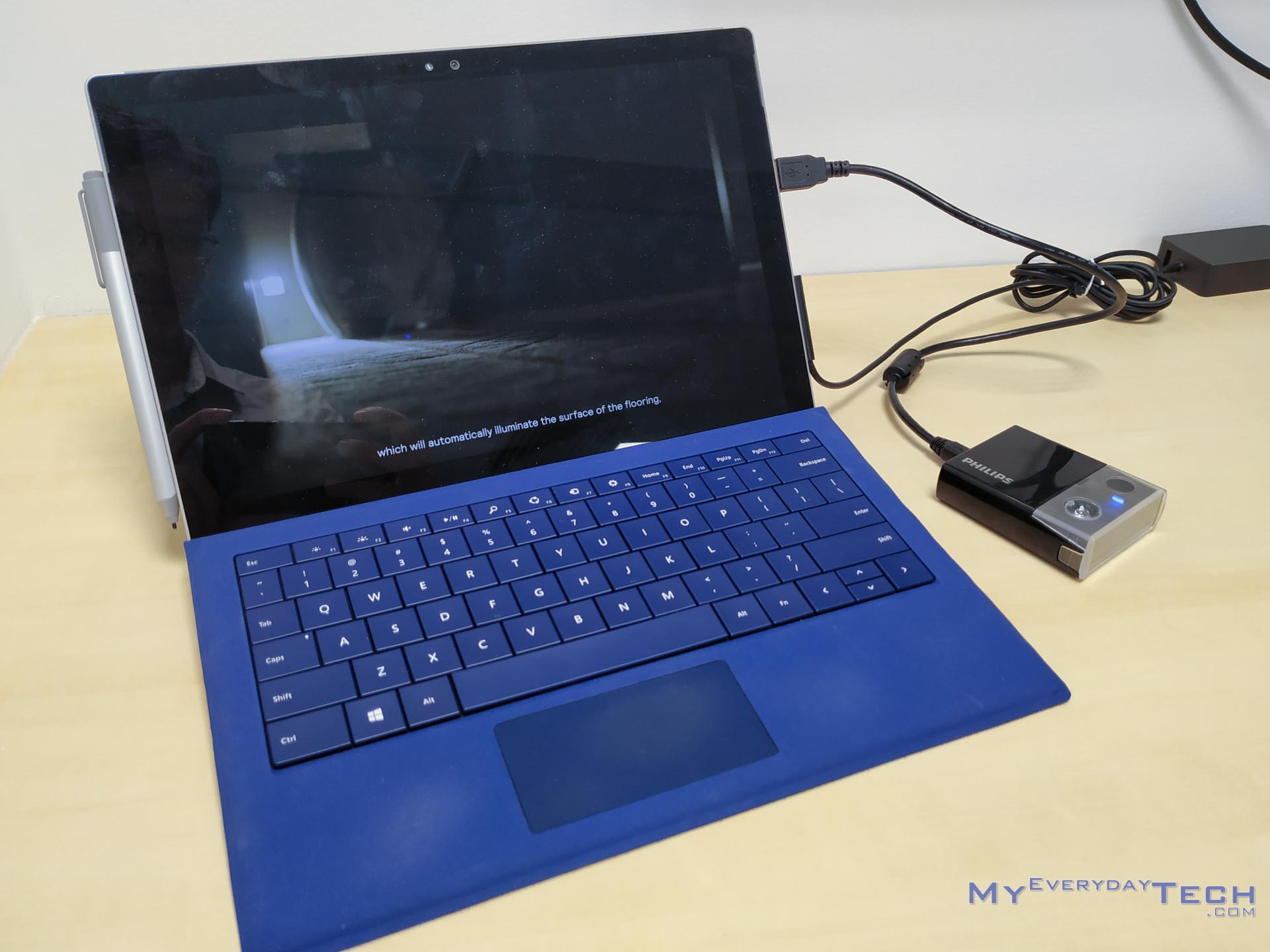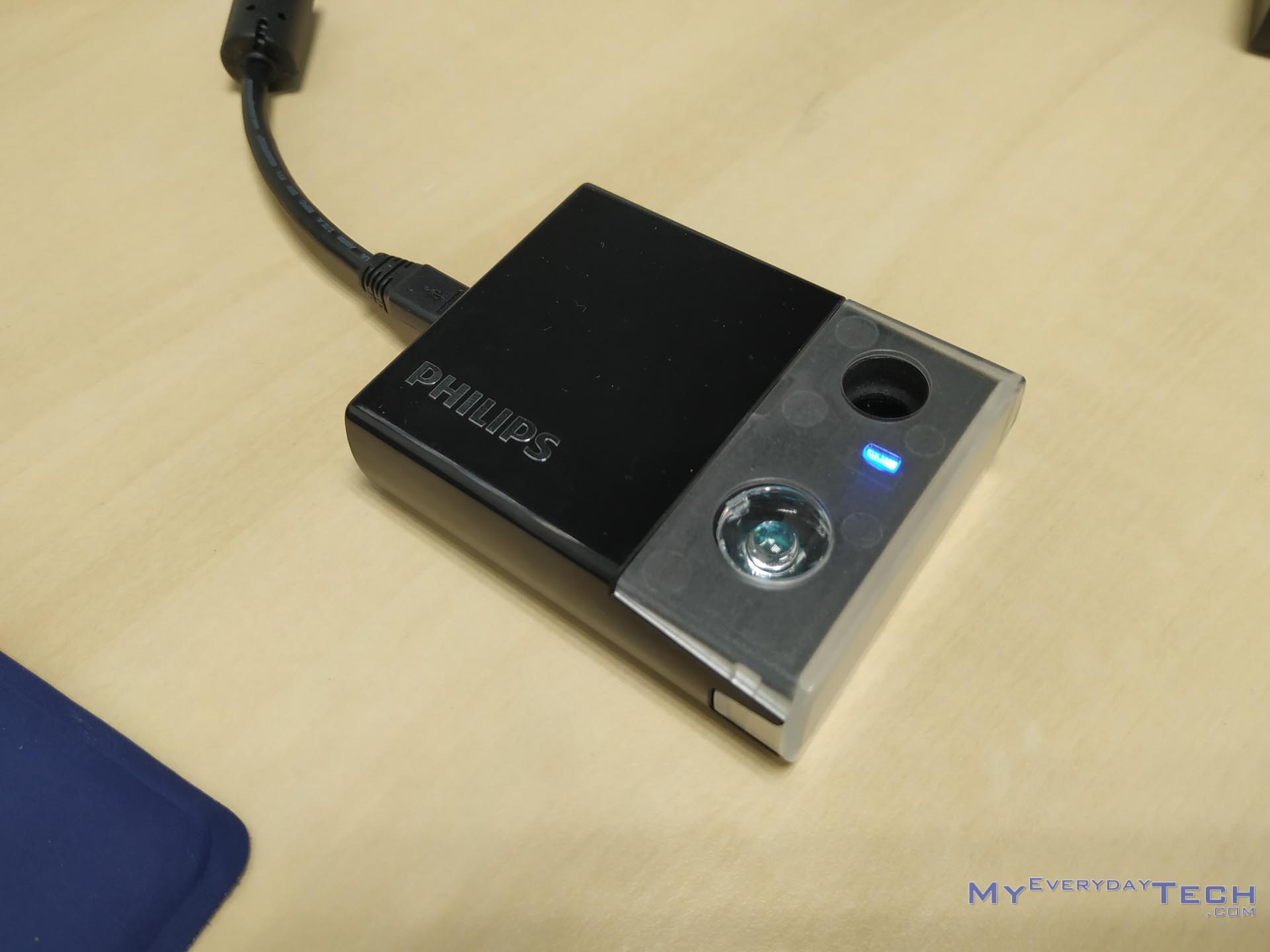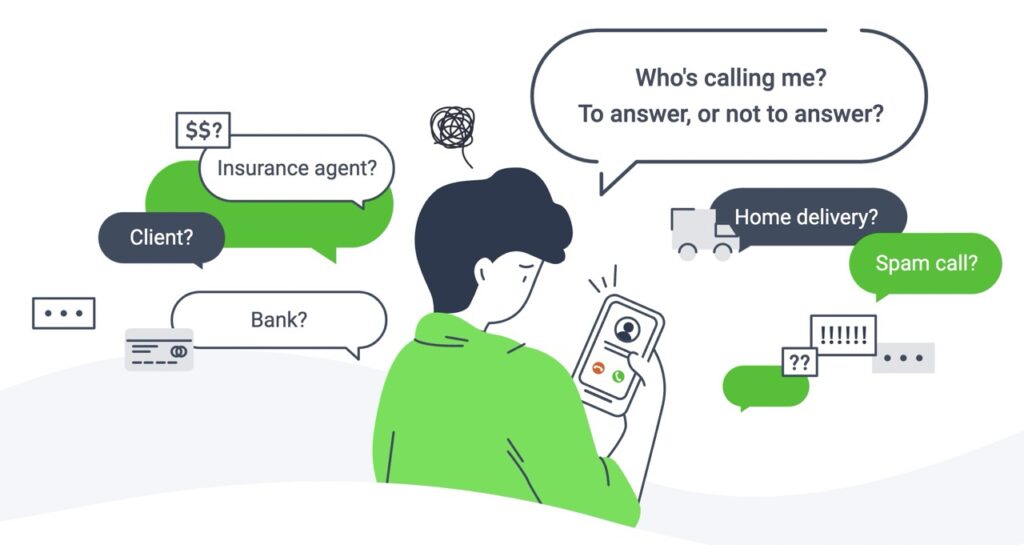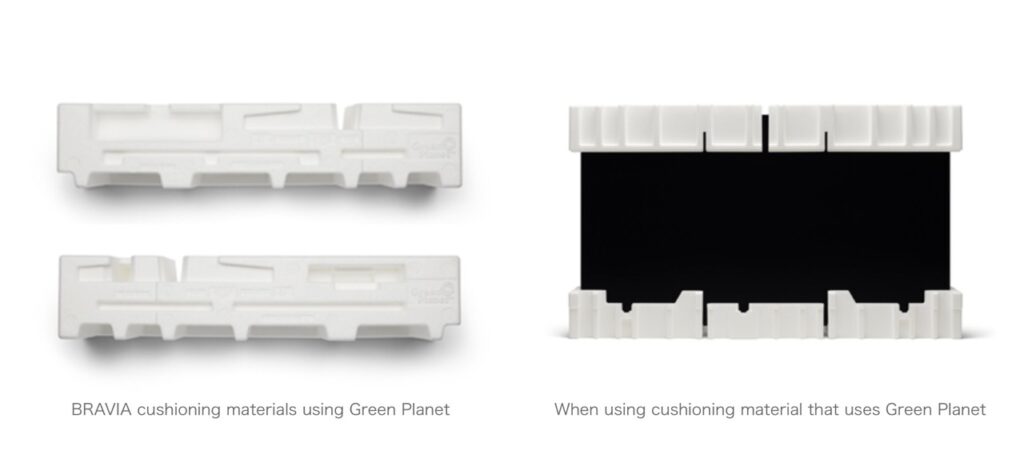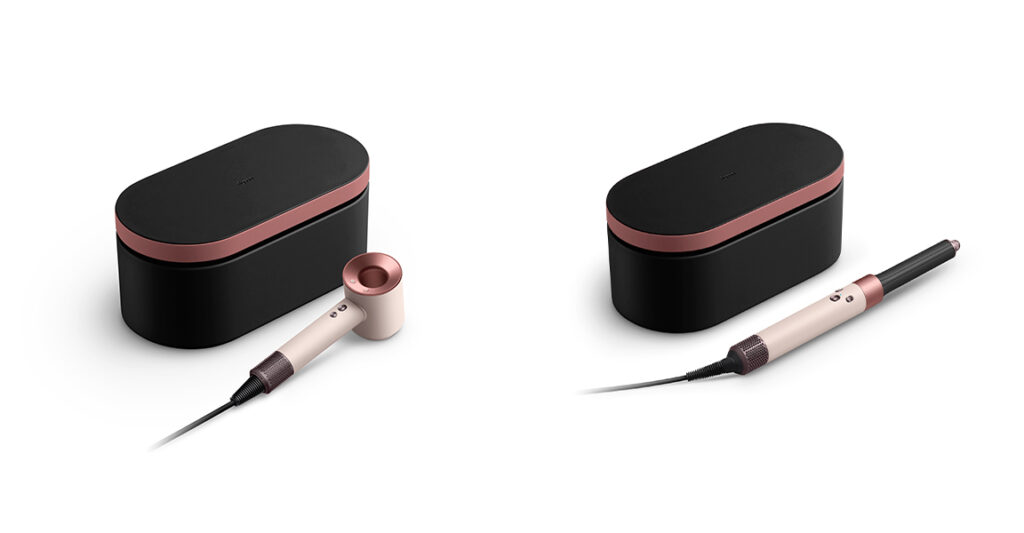LiFi System Explained by Signify
4 min read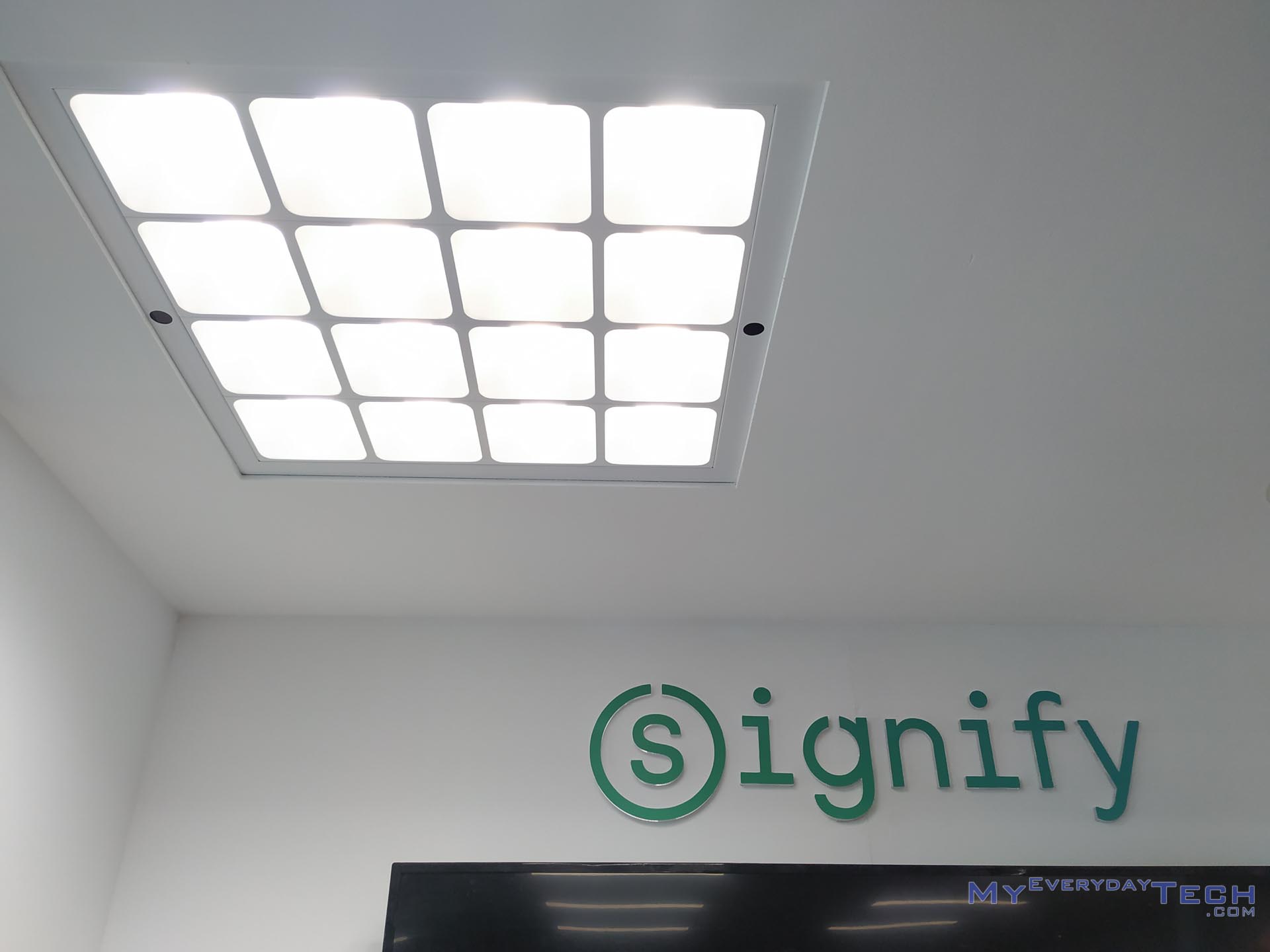
The rise of smart devices and Internet of Things (IoT) means the increased demand for connectivity. In fact, by 2020, there will be more than 50 billion devices that would be always connected to the rest of the world. With that being said, something needs to be done to improve internet connectivity so that it meets the expectations of technological advancement.

Signify has invited us over for a media experiential session to get to know better on the Light Fidelity (LiFi). Ed Huibers, Head of Business Development LiFi-systems at Signify, had provided us quite an insight over the technology.
How can lighting help?
Right now, our wireless connectivity is done through radio waves. It has been working for decades and plenty of new standards are being introduced along the way that stretches the spectrum. The problem is, there is a limit as the radio wave spectrum become overly saturated.
That’s why visible lighting comes into the picture. I mean, they are technically part of the wavelength spectrum just that they are shorter than the invisible radio waves. Besides, lighting communication has been around for ages so it is not rocket science. They just need to make it a two-way communication.
How does LiFi work?
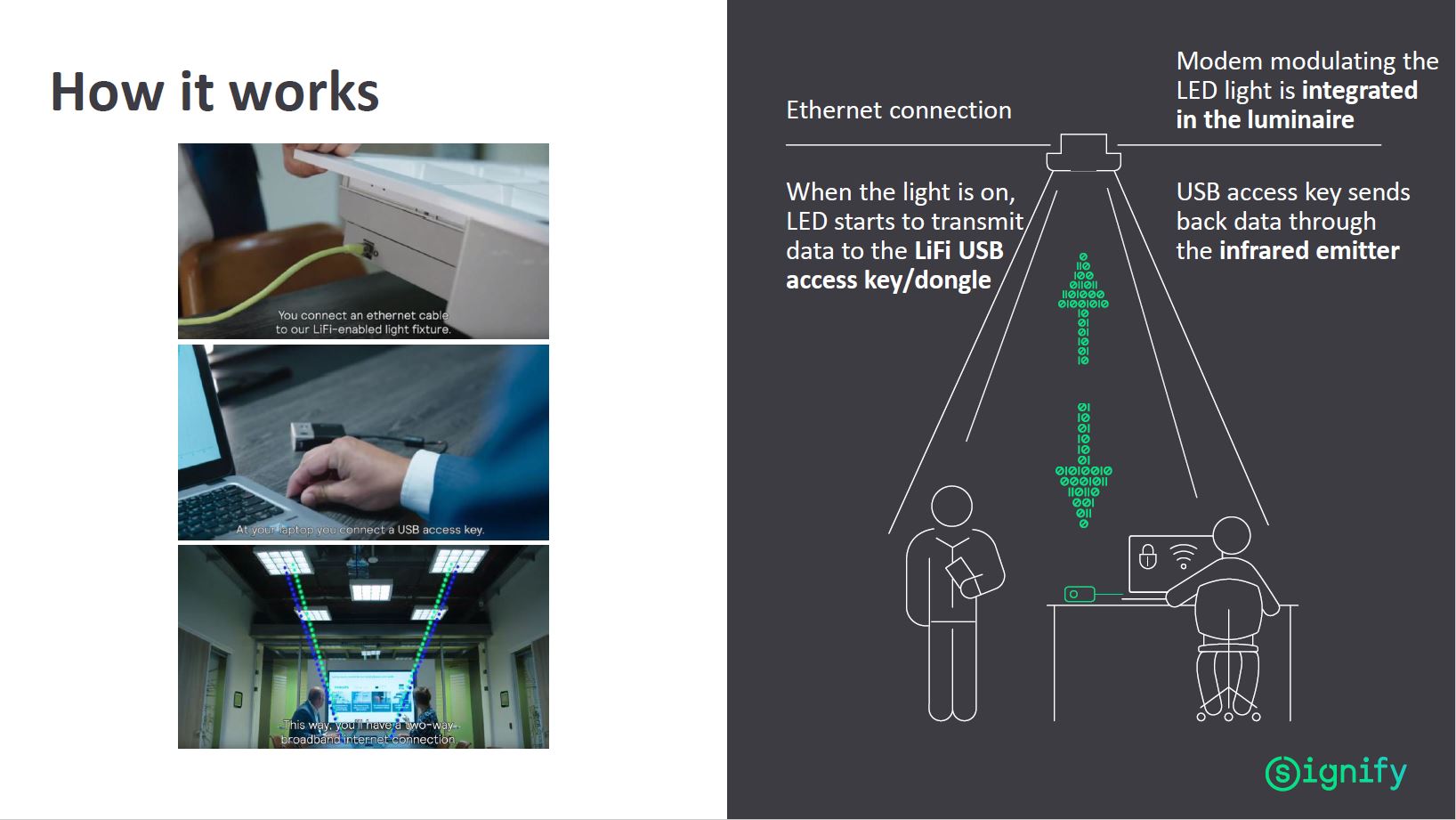
There are 2 main devices require for LiFi to work at the time of writing. First is the LiFi-enabled lighting point and second, the LiFi USB access key.
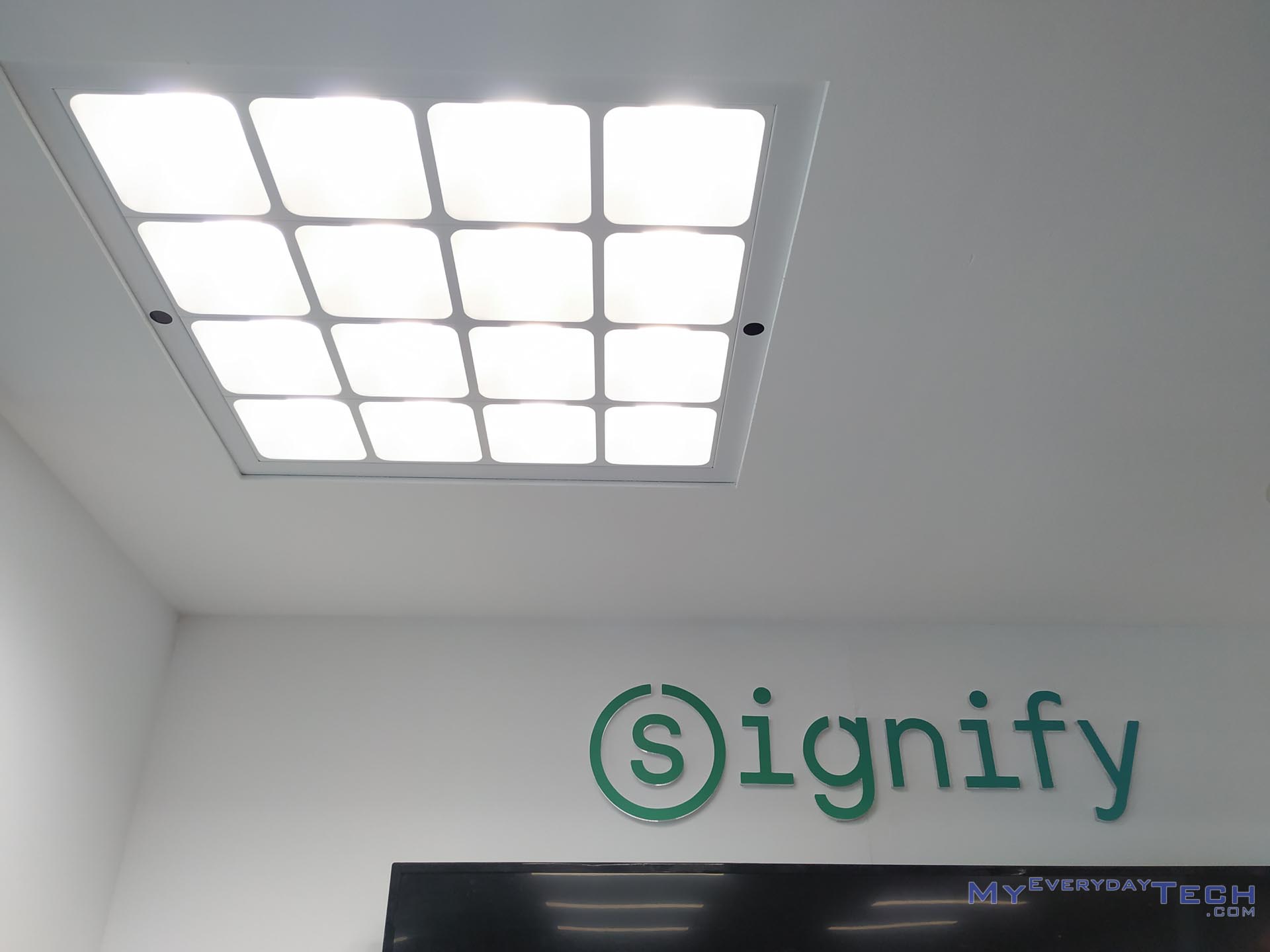
Simply connect the Ethernet cable from your Internet router to the LiFi-enabled light fixture, the built-in modem will modulate the LED light to send out lighting signals to the LiFi USB dongle. That completes the first step of sending out data to the client. In order for the client to send back data, the LiFi USB dongle communicates with the LiFi lighting point via the infrared emitter & receiver pair.
The use of USB dongle is simply because none of the existing computers has a built-in LiFi receiver. This actually reminds us of the early days of WiFi, where laptops only come equipped with Ethernet ports and require users to use USB WiFi dongle.
Why LiFi?
WiFi has been working pretty well these days, why does LiFi exist?
First of all, LiFi is not to replace WiFi. It is not meant to be competing but complement with the existing technologies.
Alternative to WiFi
For instance, in some industry where radio frequency is considered a disturbance, LiFi is actually the answer for it. For example, in certain hospital departments, WiFi or wireless broadbands are not allowed to be used because of the fear that radio waves would interfere with the equipment readings. In that case, LiFi would be the perfect solution.
Security
On top of that, LiFi has a security advantage over WiFi. Unlike WiFi which broadcasts signals over a large area, sometimes out of the building premise. It poses a security risk where malicious users might attempt to sniff the network. Since LiFi relies on line-of-sight communication, that means it has a strict communication area. It only works within the lighting area which at the time of writing, limited to 3 meters away.
It is just the beginning
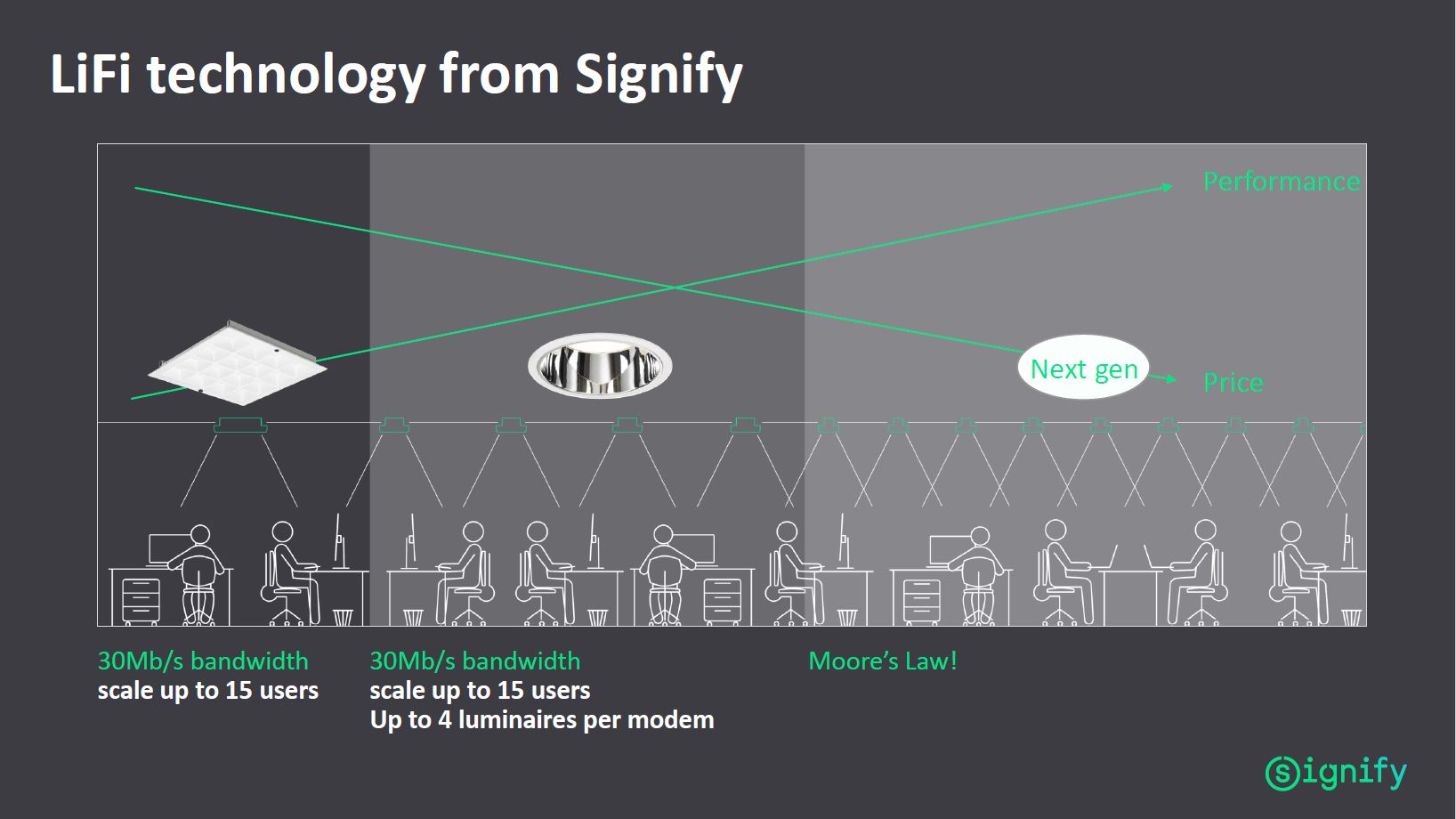
Right now, each of the LiFi-enabled Philips PowerBalance luminaires is capable of supporting 30Mbps data rate and scales up to 15 users. Don’t be confused by the small user number, that is more than enough because imagine having 15 people sitting under 1 small office ceiling light. On top of that, LiFi is scalable by adding more lighting points to cover the floor, hence, the team is currently working on increasing the distance and data rate. As time goes, the price per performance would drop to a point where it can be afforded by many companies and institutes.
Commercially it is still in the early stage as Signify is working with multiple selected entities to deploy the LiFi system in their working environment. For instance, our nearest deployment is over at Republic Polytechnic of Singapore. It is the first institute of higher learning to work with Signify to adopt LiFi technology in Singapore and South-East Asia. The signed MOU offers students more learning opportunities in LiFi, indoor positioning, and other forms of lighting for the Internet of Things (IoT).
As disclaimed by Signify, the LiFi technology will not be replacing WiFi anytime soon. We will still be using WiFi for years to come. Nevertheless, I am pretty excited to see LiFi being implemented and evaluated by real users in the actual professional environment.

